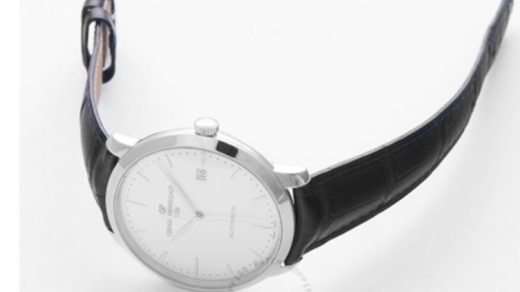Tarot cards have been used as a source of meaning for people for many years. Despite the ritualistic nature of the practice, there is no proof that tarot cards can genuinely predict the future.
But for many people who adore consulting them, that is irrelevant. Tarot is more about looking back on your life than it is about foretelling the future. Also? The 34-year-old writer, musician, and tarot reader Ariana Lenarsky claims that having fun is more important to the practice than you might realize.
Tarot can be intimidating for beginners. Here is a simple guide.
Step 1: Choose a deck.
The main differences between a standard deck of cards and a tarot deck are as follows.
The most crucial factor is that your tarot deck speaks to you personally; choose a set that you’ll want to use and practice with. (Or, if you’re feeling particularly superstitious about buying your own, ask someone to purchase you a lovely deck.)
Jessica Dore, a social worker and tarot card reader who is well-known for her daily readings on Twitter and who also teaches tarot card reading, advises always choosing a deck like you’re choosing a roommate.
The reader who runs the well-liked Tarot by Bronx YouTube channel advises going to a nearby bookstore or metaphysical store to hold and examine a deck before purchasing it.
You may always browse tarot decks online at merchants like Little Red Tarot, Rite of Ritual, and Llewellyn if that isn’t possible. A deck with a manual can be worth considering if you’re a newbie.
Here are a few recommended decks:
One of the most well-known tarot decks is the Rider Waite deck, which was first released in 1909. Because it’s simple to locate information on how to interpret the cards, it can make a fantastic starter deck. The Rider Waite tarot deck has been updated as the Modern Witch deck.
Step 2 – Understand the basics of a tarot deck
A tarot deck has 78 cards and is divided into two sections: major arcana (major mysteries) and minor arcana (meaning minor mysteries).
There are 22 major arcana cards, and they tend to deal with big life events and overarching themes, for example, relationships, career and love.
There are 56 minor arcana cards. These tend to deal with smaller issues and day-to-day tribulations, like fleeting emotions and situations. Minor arcana cards are divided into four suits: cups, wands, swords and pentacles. Each suit has numbered cards from 1 through 10, as well as four court cards (page, knight, king and queen).
Step 3 – Come up with the question you want to ask
The aim of a tarot reading is to explore a question about the self. You pick cards to help you reflect on possible answers, interpreting the meaning of each in relation to what you asked. Keep in mind that tarot cards are tools for introspection, and for that reason it’s best to keep questions open-ended.



